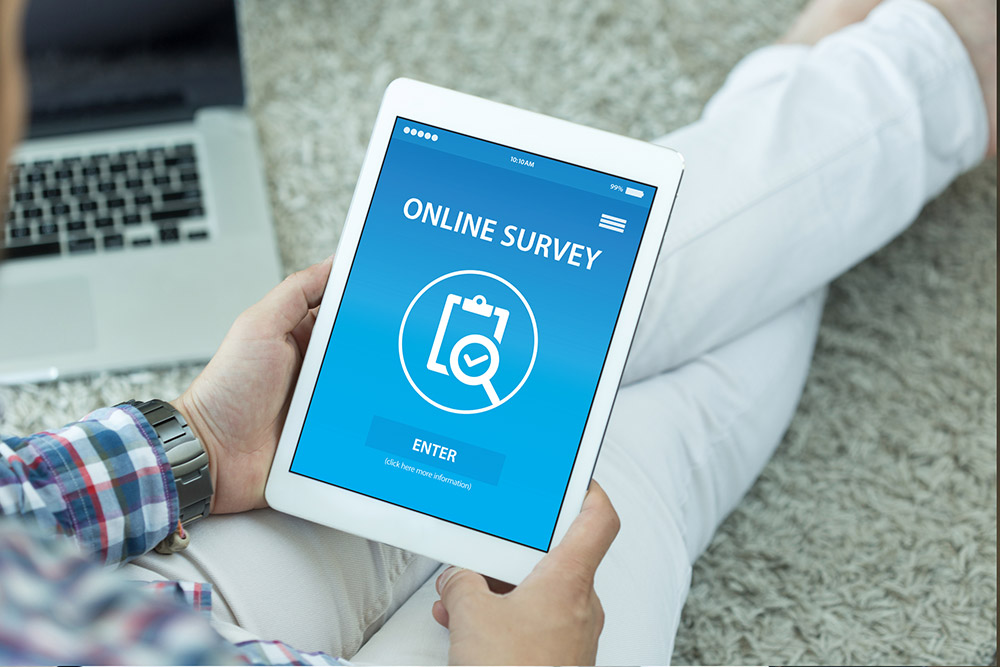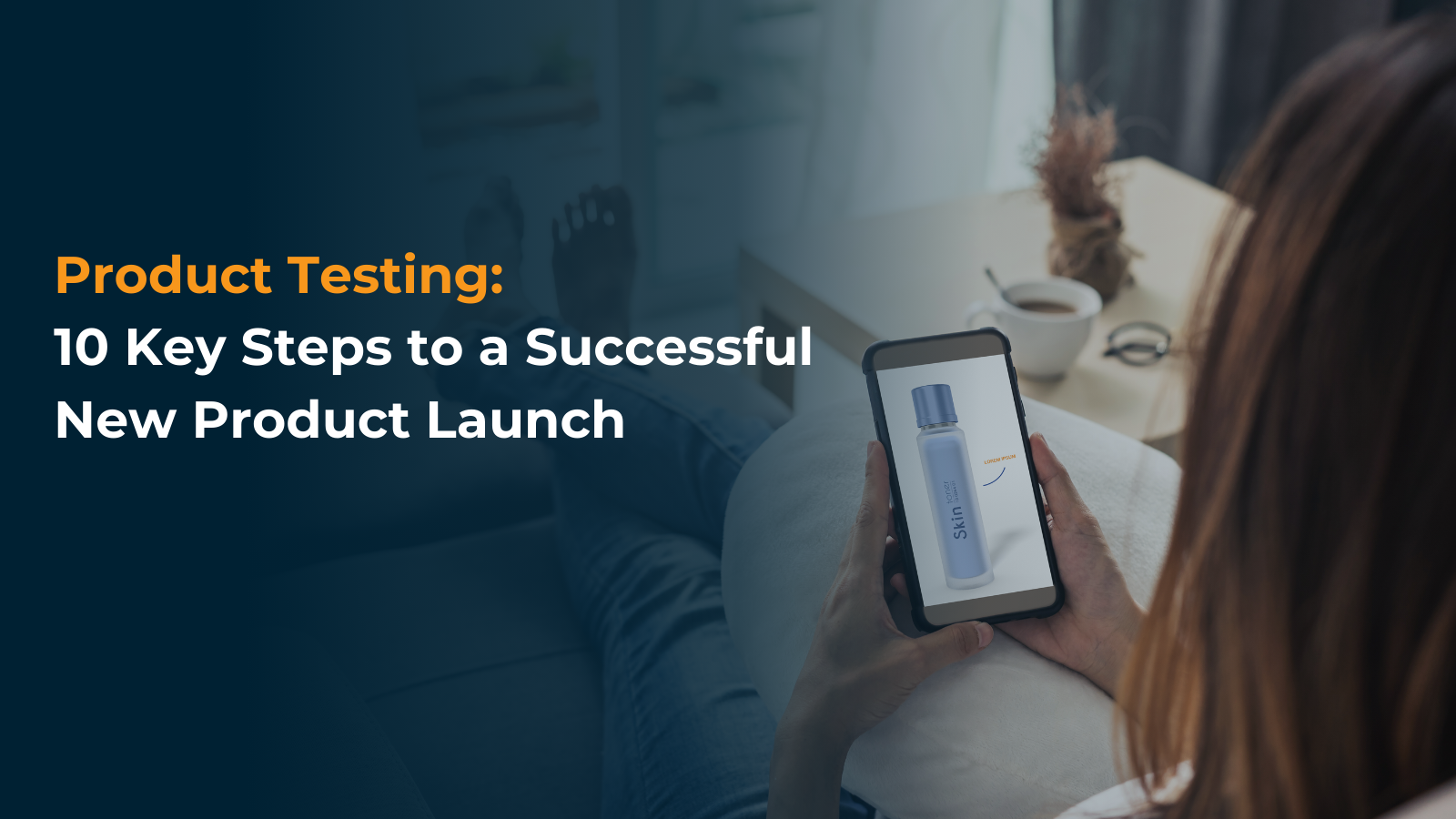What Causes Survey Bias and What Can Be Done About It?

Surveys are an integral part of the marketing process but can be subject to bias from the survey conductor and creation process. This bias can lead to inaccurate data, impeding successful business decisions. To combat this issue, companies should take measures such as ensuring that all questions are phrased in a neutral tone and that survey responses have not been predetermined.
Additionally, more advanced immersive insights platforms enable companies to apply deeper analytics to their survey data and capture unbiased insights. Using these platforms, companies can also improve segment responses, allowing them to dig deeper into customer attitudes and needs and compare groups more effectively. This can eliminate potential bias from the survey process and make it easier for companies to understand their target audience.
What Makes Survey Responses Biased?
Surveys can yield biased results due to the many factors that influence how participants respond. One of the most important sources of bias can be attributed to the human element — from anchoring, observer, and confirmation bias.
- Anchoring bias can occur when a surveyor begins with an initial hypothesis, which can then affect future hypotheses regardless of their accuracy.
- Observer bias occurs when the questionnaire writer’s expectations or beliefs shape answers provided by the research subjects.
- Finally, confirmation bias exists when a surveyor interprets and manipulates response data to support their preexisting beliefs or theories.
These biases can significantly alter survey results, resulting in unreliable and unusable data. To better understand how these concepts play out in the survey process, consider the following potential sources of bias.
Question Phrasing
How a question is phrased can often impact the results of a survey or other consumer research. For example, asking a leading question such as “Do you support X?” could make respondents feel obligated to say yes, even if they don’t actually agree with the statement.
Similarly, asking a double-barreled question like “Would you prefer scrubbing your floor with a mop or cleaning counters with wipes?” encourages respondents to pick one and might influence their answer in a certain direction without them realizing it.
Other methods of influencing responses include:
- Using false choices.
- Employing leading questions.
- Using questions that are too vague or broad.
- Using extreme words such as “always” or “never.”
When crafting surveys, it’s essential to avoid using these techniques to keep the results as impartial as possible.
Answer Phrasing
When surveying customers using multiple-choice questions, the phrasing of the answers can significantly impact data accuracy. If the responses are too specific and granular, customers may become confused and unsure of how to answer. On the other hand, if too few choices are available, respondents with different experiences using the product could choose the same option for different reasons — thus leading to false or biased data.
Survey creators must carefully consider how they phrase their answers to ensure more accurate results. For example, instead of giving three response options such as “I don’t like it,” “I am neutral about it” or “I love it,” the surveyor might use more specific and nuanced responses such as “It meets my expectations,” “It exceeds my expectations, but there is room for improvement” or “It does not meet my expectations.” You can also add a 5- or 7-point Likert Scale answer (e.g. strongly agree, agree, neutral, disagree, strongly disagree) to provide nuance.
By providing more detailed responses, surveyors can help ensure that their data is reliable, unbiased, and easily segmented to gain further insight into the needs and attitudes of their target audience.
Unreliable Memory
Surveys are often used in customer research but can be unreliable when gauging customer experience. This is because memory is a fragile tool, and the longer it’s been since a customer has bought a product or service, the less reliable their recollection of that experience will be.
Without an accurate recollection of their experience, customers’ survey responses can easily become biased or fragmented, making them of little use to a company. Businesses must remember that surveys given too far after an event may not lead to valuable insights.
Therefore, survey timing and frequency should always be considered when attempting to uncover customer sentiment. As you plan your next survey project, consider the following before you launch it:
- When was the last time you surveyed your customers?
- What is the frequency of surveys that you would like to do?
- How close to the product/service launch are you sending out the survey?
When used in conjunction with other methods – such as passive data collection, customer interviews, and focus groups – surveys can be used to build a complete picture of customer experience.
Consumer Interaction Context
Consumer interactions often involve bias, whether it is intentional or unintentional. When customers have had a negative experience, they are more likely to write about it or share it with others than those who have had a positive experience.
Studies have revealed that over half of B2C customers discontinued their purchases following a negative customer service experience — solidifying the need for businesses to pay close attention to customer feedback and sentiment. However, this can create an unequal representation of who fills out surveys and other forms of customer feedback, skewing the results and creating a bias in the collected data.
To counteract this, surveyors should look for opportunities to engage customers more evenly. For example, they could provide incentive offers or discounts that would encourage all customers, regardless of their experience, to participate in surveys, or they could focus on interactions at the point of sale rather than relying solely on online surveys.
What Can Be Done About Survey Bias?
Though survey bias cannot be entirely eliminated, businesses can take steps to reduce it. To gain a better understanding of the customer experience and reduce bias in data, consider the following.
Use Careful Language
Writing a survey can be tricky. Therefore, you must use careful language and phrasing when constructing a survey to reduce sources of bias. By being mindful of the words used, people can better understand the questions being asked, allowing them to respond more accurately.
Additionally, gender-neutral and inclusive language helps ensure that all respondents can relate to the survey regardless of their identity. Clear language that does not lead or suggest answers also helps maintain the integrity of the data collected from surveys. A few examples of these would be:
- Avoiding yes/no questions and offering a range of options or rating scales.
- Offering pronoun options such as “they/them” or “ze/zir” if asking about gender.
- Using open-ended questions to encourage the participant to give a more detailed response.
These simple changes can go a long way in reducing survey bias and ensuring that the data collected is accurate and representative of the customer experience.
Respect the Responder’s Time
Respecting the survey responder’s time is a simple but important concept to consider when designing surveys — make sure it takes no more time than is necessary.
Too many irrelevant questions or a survey that takes too long can cause respondents to become frustrated and quit part way through. Or even worse, they may give inaccurate answers due to fatigue.
To avoid this, clearly state up front how long the survey should take and ensure that your questions are targeted at obtaining quality data in that timeframe. You’ll surely get more insightful results by respecting the responder’s time.
Supplement Survey Research With Other Marketing Data
Supplementing survey research with other marketing data can provide crucial insights into customer behavior and preferences. By combining more direct sources that track product use and consumption with survey data, marketers can gain a better understanding of their target market, along with the opportunity to avert potential bias in the data.
The rise of the Internet of Things has opened up vast new opportunities for gathering marketing insights through connected devices. This connection allows marketers to take advantage of real-time data from sensors and other sources related to how customers interact with products and services such as:
- Qualitative research tools — These tools are increasingly popular for collecting consumer feedback; giving brands detailed information about why consumers make decisions. This includes their motivations and unmet needs. With this kind of consumer insight, companies can tailor their messaging more effectively to maximize response rates.
- Product consumption intelligence — This is another powerful tool brands can use to measure actual usage levels after a customer purchase, helping them better understand long-term trends in customer behavior.
Ultimately, the goal of survey research should be to gain a deeper understanding of the customer’s needs, wants, and preferences. By following best practices, companies can ensure that their surveys provide accurate insights into customer opinions and behavior. Leveraging this data means businesses become more customer-centric and create better experiences.
Interested in conducting your own bias-free survey? QualSights can help. Reach out today for a personalized demo of our capabilities and platform.
 Research Industry Insights
Research Industry Insights 

